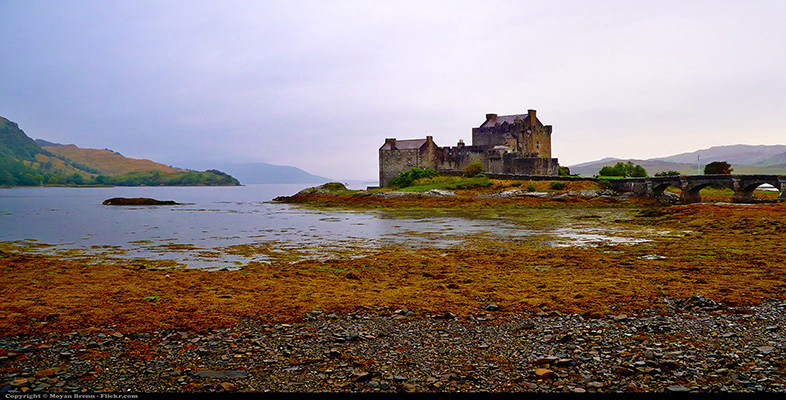Neo-classical ‘style’
What is now known as ‘Neo-classicism’ was conceived of at the time as a return to the true spirit of the antique after what its proponents saw as the aberrations from these standards represented by the Baroque and Rococo. The label itself was not coined until the end of the nineteenth century and only gained its current meaning in the twentieth (Irwin, 1997, p. 9). It is used to distinguish late eighteenth-century classicism from earlier versions, such as the work of Raphael or that of the seventeenth-century French painter Nicolas Poussin (1594–1665). When it was first formulated around 1900, however, ‘Neo-classicism’ could refer to every kind of classical art produced since the Renaissance (Poussin included) or even since antiquity. Like many other style labels, it originally had a pejorative function, serving to characterise the works of art to which it was applied as derivative and inauthentic. Such accusations were bound up with a reaction against academic values; criticising ‘neo-classical’ tendencies in art implied a challenge to the central idea on which academies were based: the belief in universal standards of taste that could be taught. This kind of rejection originated in the late eighteenth century when it began to be claimed that academies constrained ‘original genius’, but became widely accepted only after 1800 when the idea that artists ought to express themselves in a wholly personal style developed. This idea defines Romanticism; it follows from it that there could be no single Romantic style exemplified by one major artist, as Neo-classicism in painting is embodied by David. In the case of sculpture, moreover, classical forms might be infused with a distinctively romantic intensity and inwardness. The word also differs from other style labels in having been current at the time, even if its major figures did not necessarily identify with it (Honour, 1979, p. 22). As a movement inspired by a set of definite principles that challenged those of the Academy, Romanticism prefigures later developments in modern art.
